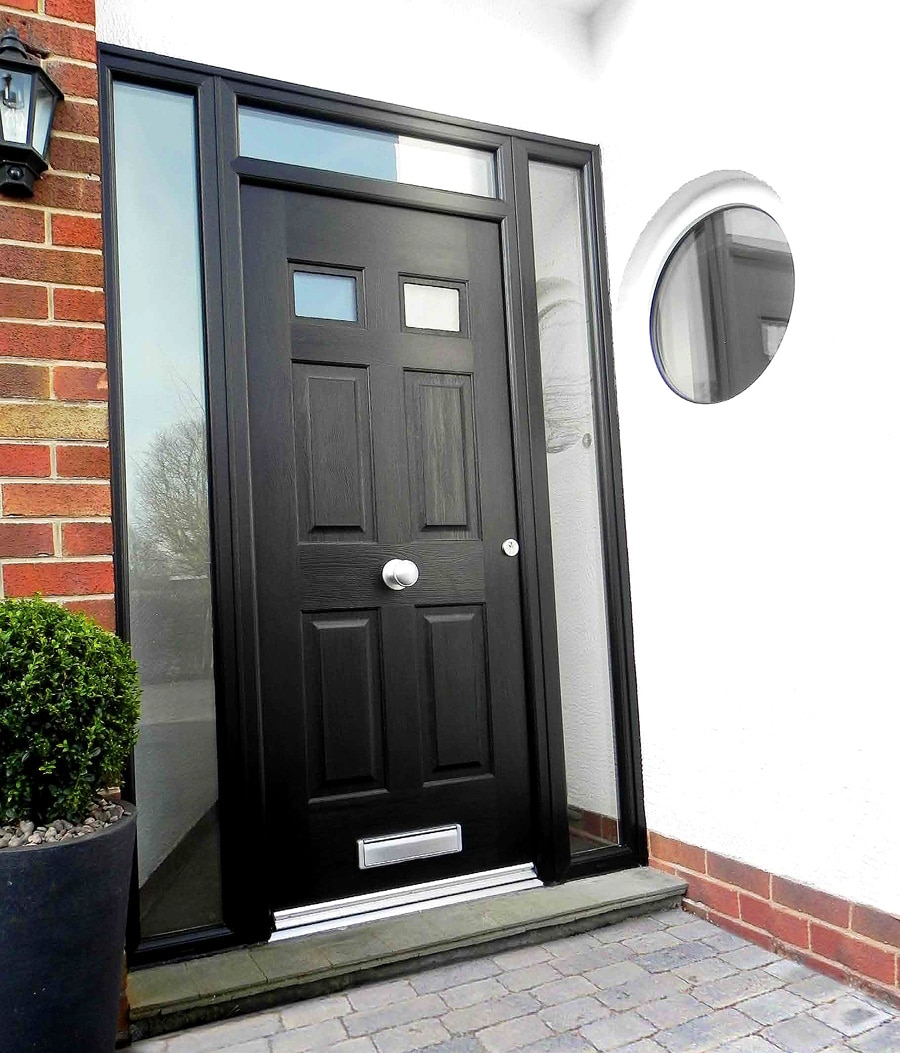"The Top Benefits of Installing Double Hung Windows in Your Home" Things To Know Before You Get This

Dual put up windows are a well-known layout feature in several houses throughout the world. Try This have been around for centuries and have undergone significant changes over opportunity. In this write-up, we are going to discover the past history and progression of double hung windows, from their origins to their modern-day style.
Origins of Dual Hung Windows
The origins of double dangled windows may be mapped back to England in the 17th century. The earliest-known instances of these types of windows were found in the houses of well-off English aristocrats, who used them as a method to improve ventilation while maintaining personal privacy and safety and security.
The layout of these very early double put up windows was relatively basic - they comprised of two sashes that could possibly be moved up and down individually. The sashes were held in location by ropes or establishments that functioned over pulley-blocks at the best of the framework. Through drawing on these ropes or establishments, property owners could change the position of each sash to control air flow.
Over time, double hung home windows came to be more popular throughout Europe and inevitably produced their technique to North America along with very early pioneers.
Advancement of Double Hung Windows
In North America, dual hung home windows rapidly acquired recognition due to their versatility and ease-of-use. As modern technology enhanced, thus did the style and functions of these styles of home windows.
One significant development in the development of double dangled windows was the overview of weights. Rather of depending on ropes or chains to hold each waistband in location, weights were put up inside vacant channels on either edge of the frame. These counterweights offered a smoother procedure for opening and closing each waistband.
An additional essential development was the usage of spring season balances as an alternative of counterweights. Springtime balances delivered an even smoother procedure than weights because they enabled for more precise management over each waistband's action.
In enhancement to improved capability, advancements in components also provided to adjustments in double dangled window layout over time. Early models were normally helped make coming from timber, but as modern technology strengthened, various other products such as plastic and light weight aluminum started to be used.
Modern-Day Dual Hung Windows
Today, double hung home windows are extensively used in both non commercial and commercial properties. They proceed to be well-liked due to their flexibility, electricity effectiveness, and traditional aesthetic.
Modern-day double installed windows include a array of concept remodelings that create them much easier to use and even more energy-efficient than ever before before. For example, many contemporary layout consist of weatherstripping around the framework and waistbands to prevent sky leakage. This can easily aid lower power expense by keeping warmed or cooled sky inside the construction.
Another modern-day renovation is the enhancement of tilt-in sashes. This allows house owners or routine maintenance workers to simply clean up both edges of each sash without having to eliminate them coming from the frame.
Verdict
Double hung windows have happen a lengthy technique since their origins in 17th-century England. Over opportunity, they have grew from simple layout with ropes and establishments to sophisticated devices that include weights, springtime equilibriums, and various other innovative function.
Despite these modifications, however, the standard principle responsible for double hung home windows continues to be the very same - two individually movable sashes that permit for increased air flow while preserving privacy and safety and security. And along with carried on developments in materials and innovation, it's probably that we'll find even even more renovations in double put up home window style in the years ahead.

